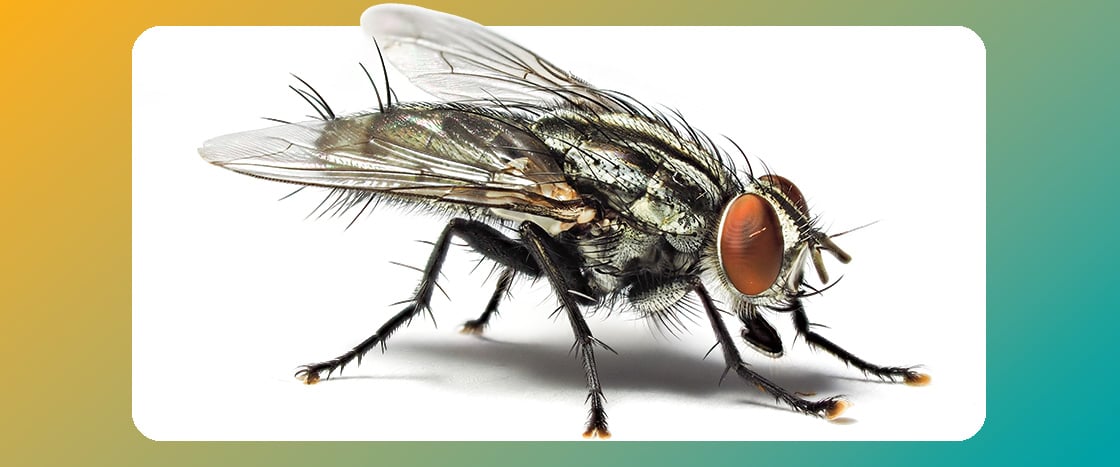Some people think it’s totally fine to kill that fly—or any bug for that matter! According to one study, there are about 10 quintillion insects wriggling, fluttering, and creeping around our planet right now. (That’s 10 followed by 18 zeros by the way!) Could one kid squishing one insect really matter?
Also, squashing bugs is a natural reaction—and a way to protect ourselves. Nearly a quarter of Americans are afraid of insects and arachnids (the group of animals that includes spiders and scorpions). Scientists say that one reason humans have developed a fear of bugs over time is that they can make us sick.
That fly trying to snack on your Popsicle isn’t just annoying. It could be dangerous. Houseflies feed on and lay eggs on rotting garbage and roadkill, where they can pick up harmful germs. When a fly lands on our food, it can pass those germs on to us.
“Flies in our kitchen can spread diseases, so I would argue it is OK to kill houseflies,” says Matan Shelomi, a scientist who studies insects. Shelomi also says the same goes for mosquitoes, which suck our blood and can make us sick.
Then there are other bugs that can harm our environment. Take the spotted lantern fly, for example. These black-dotted insects from abroad have been spreading across the U.S., devouring everything from walnut trees to backyard rosebushes—and causing millions of dollars in damage. Scientists and government leaders have actually urged people to stomp on these bugs wherever they see them!

